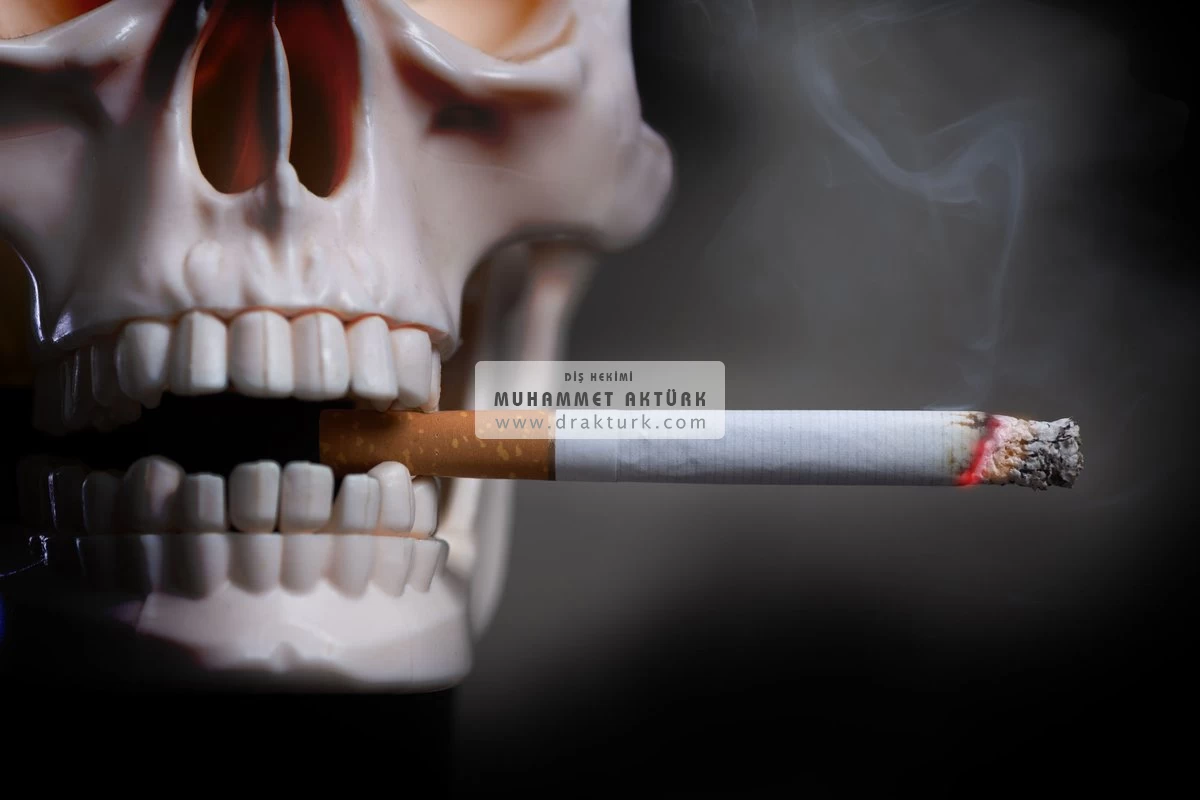
A tooth extraction is a crucial step towards regaining your oral health, but how you manage the recovery process directly affects the outcome. One of the biggest risk factors during this time is smoking.
Smoking after a tooth extraction severely damages the healing site and drastically increases the risk of the most feared complication: Dry Socket (Alveolitis).
The initial phase of healing is critically important.
Vaping and other tobacco products carry the same risks:
In Summary: Strict adherence to your dentist's instructions and avoiding smoking, especially during the first 3 days, is the key to a fast and pain-free recovery.
Chemicals: Nicotine and other chemicals continue to slow healing by reducing blood flow to the extraction site.
Vacuum Effect: Using a vape or e-cigarette creates the same sucking action, which can dislodge the clot.
Recommended Duration: 7–10 Days: If possible, avoiding smoking completely for the first seven to ten days provides the best guarantee for healthy tissue formation and an uncomplicated recovery.
The Ideal Minimum: The First 72 Hours (3 Days): You must absolutely refrain from smoking for at least 72 hours to allow the blood clot to stabilize fully and the initial healing process to begin. This is the most effective way to minimize the risk of Dry Socket.
Oxygen Deprivation: Nicotine constricts blood vessels. This reduces the amount of oxygen and nutrients that need to reach the healing area, which prolongs the recovery process and increases the risk of infection.
Chemical Damage: Hundreds of harmful chemicals in tobacco smoke make direct contact with the tissues at the extraction site, inhibiting cell regeneration.
The Result: When the clot is lost, the underlying bone and nerves are exposed. This condition is known as a Dry Socket and typically causes severe, intense pain.
The Vacuum Effect: The sucking action (vacuum) created when you inhale a cigarette can dislodge or completely remove the vital blood clot that forms to seal the extraction site.
Why You Must Not Smoke
Smoking after a tooth extraction severely damages the healing site and drastically increases the risk of the most feared complication: Dry Socket (Alveolitis).
1. Risk of Dislodging the Blood Clot (Dry Socket)
2. Slowed Healing
How Long Should You Avoid Smoking?
The initial phase of healing is critically important.
Electronic Cigarettes (Vaping) and Chewing Tobacco
Vaping and other tobacco products carry the same risks:
In Summary: Strict adherence to your dentist's instructions and avoiding smoking, especially during the first 3 days, is the key to a fast and pain-free recovery.
Chemicals: Nicotine and other chemicals continue to slow healing by reducing blood flow to the extraction site.
Vacuum Effect: Using a vape or e-cigarette creates the same sucking action, which can dislodge the clot.
Recommended Duration: 7–10 Days: If possible, avoiding smoking completely for the first seven to ten days provides the best guarantee for healthy tissue formation and an uncomplicated recovery.
The Ideal Minimum: The First 72 Hours (3 Days): You must absolutely refrain from smoking for at least 72 hours to allow the blood clot to stabilize fully and the initial healing process to begin. This is the most effective way to minimize the risk of Dry Socket.
Oxygen Deprivation: Nicotine constricts blood vessels. This reduces the amount of oxygen and nutrients that need to reach the healing area, which prolongs the recovery process and increases the risk of infection.
Chemical Damage: Hundreds of harmful chemicals in tobacco smoke make direct contact with the tissues at the extraction site, inhibiting cell regeneration.
The Result: When the clot is lost, the underlying bone and nerves are exposed. This condition is known as a Dry Socket and typically causes severe, intense pain.
The Vacuum Effect: The sucking action (vacuum) created when you inhale a cigarette can dislodge or completely remove the vital blood clot that forms to seal the extraction site.

